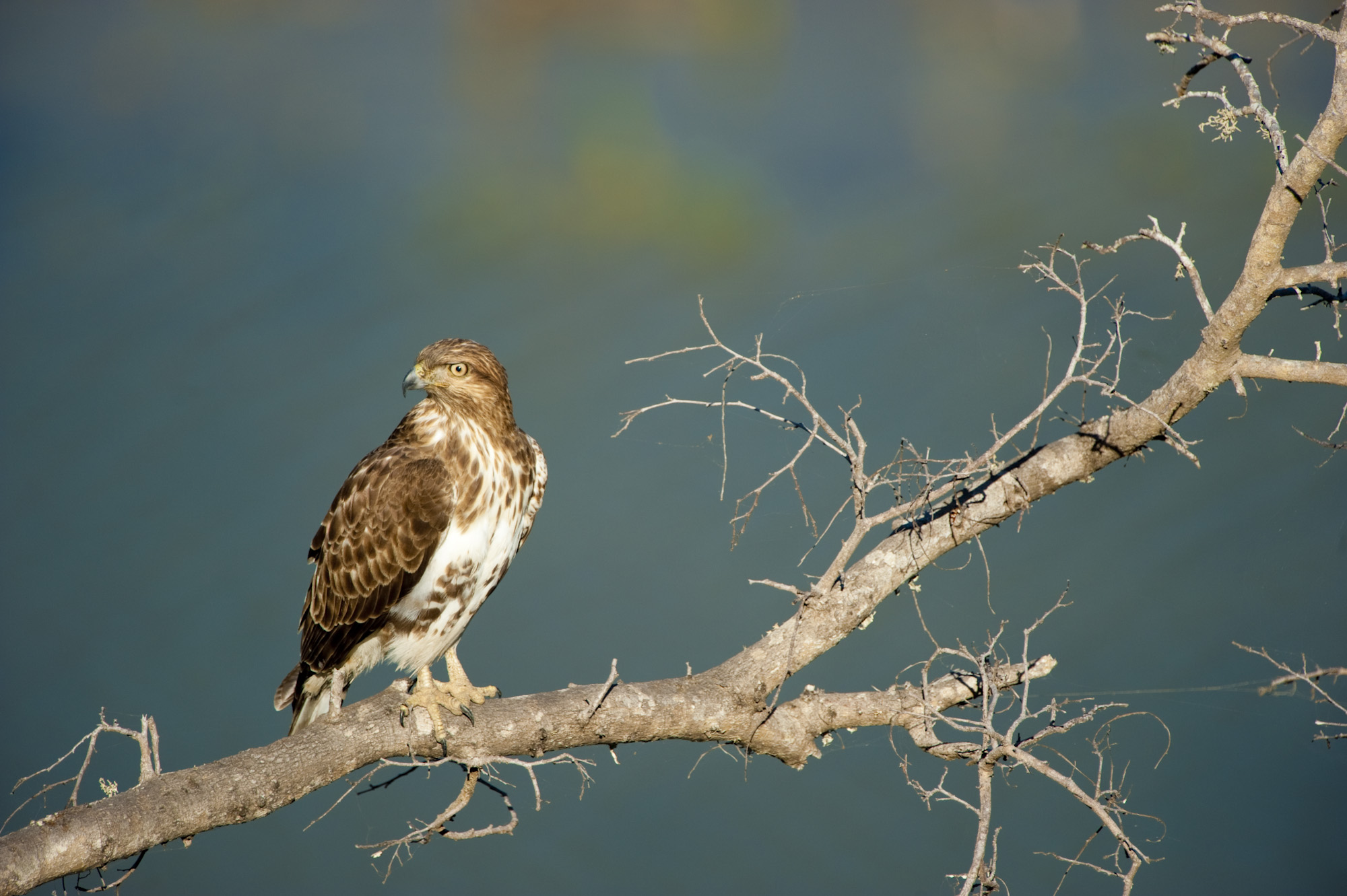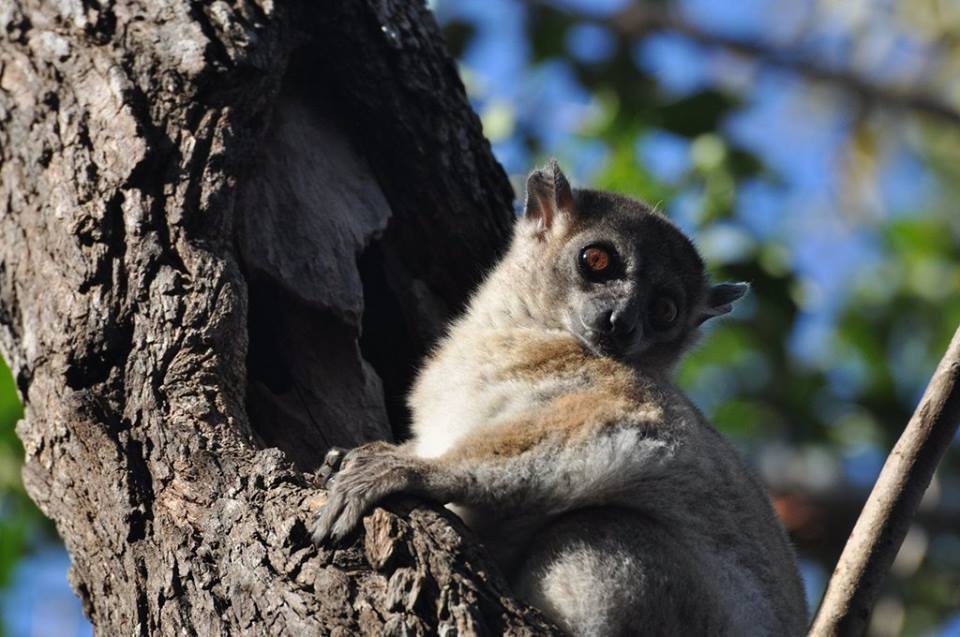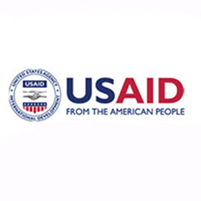
Kirindy Mite
On the plan
Area 156,350 ha of which 128,440 ha land and 27,910 ha marine
VISIT US
Depending on your means of transport :
- Ground Transportation
- By land, the park is located 100 km from Morondava, on Route d'Interêt Provincial (RIP) 111, from Bemanonga to Belo sur Mer, and is accessible from May to November by 4X4 vehicle.
- 4X4 car: rental available in Morondava
- Maritime transport
- By sea from Morondava to Belo sur MER, 60 km, 2 hours by speedboat and 4 hours by motorized pirogue. Accessible all year round
- Motorized pirogue rental: Available on site and in Morondava
Speedboat rental: Available on site and in Morondava
- Air transport
None
Ideal period
The best time to visit is between May and December
Available activities
- Hiking
- Visit to FOSA coupling in October and November
- Snorkeling
- Whale safari from July
- Flamingo watching from May
- Beach on the islets
Reception infrastructures
- Two campsites equipped with shower, WC, kitchenette, dining area and tent pitches in Ankoatsifaky and Mahaboboka
- Hotels and restaurants in the village of Belo sur Mer: BELO BEACH, ENTREMER, ECOLODGE, LE DAUPHIN, LA CABANE DES PECHEUR, RAMARO, CHEZ MON AMI
- Interpretation Center (CI) and Hotel le RENALA in Morondava
Fees and charges
Download the reference document to find out more about park fees and charges.
The circuits
| Tours | Summary | Difficulty | Duration | Tour plans |
|---|---|---|---|---|
| ANKOATSIFAKA Ankoay et sifaka | Easy tour. | 4x4 journey (25 km): 01 hour 90 mn tour 04 km circuit | ||
| AMBONDRO-SIRAVE Fourmilières et salines | Dune sports circuit | 4x4 trip (34 km): 90 mins. 120 min. visit 04 km circuit Motorboat/sailboat trip: 90 min.; 150 min. | ||
| MAHABOBOKA Marais désaltérant | Easy Tour | 4x4 trip (34 km): 90 mins. 180 mn tour. 06 km circuit. | ||
| AGNOLIGNOLY | Easy Tour |






